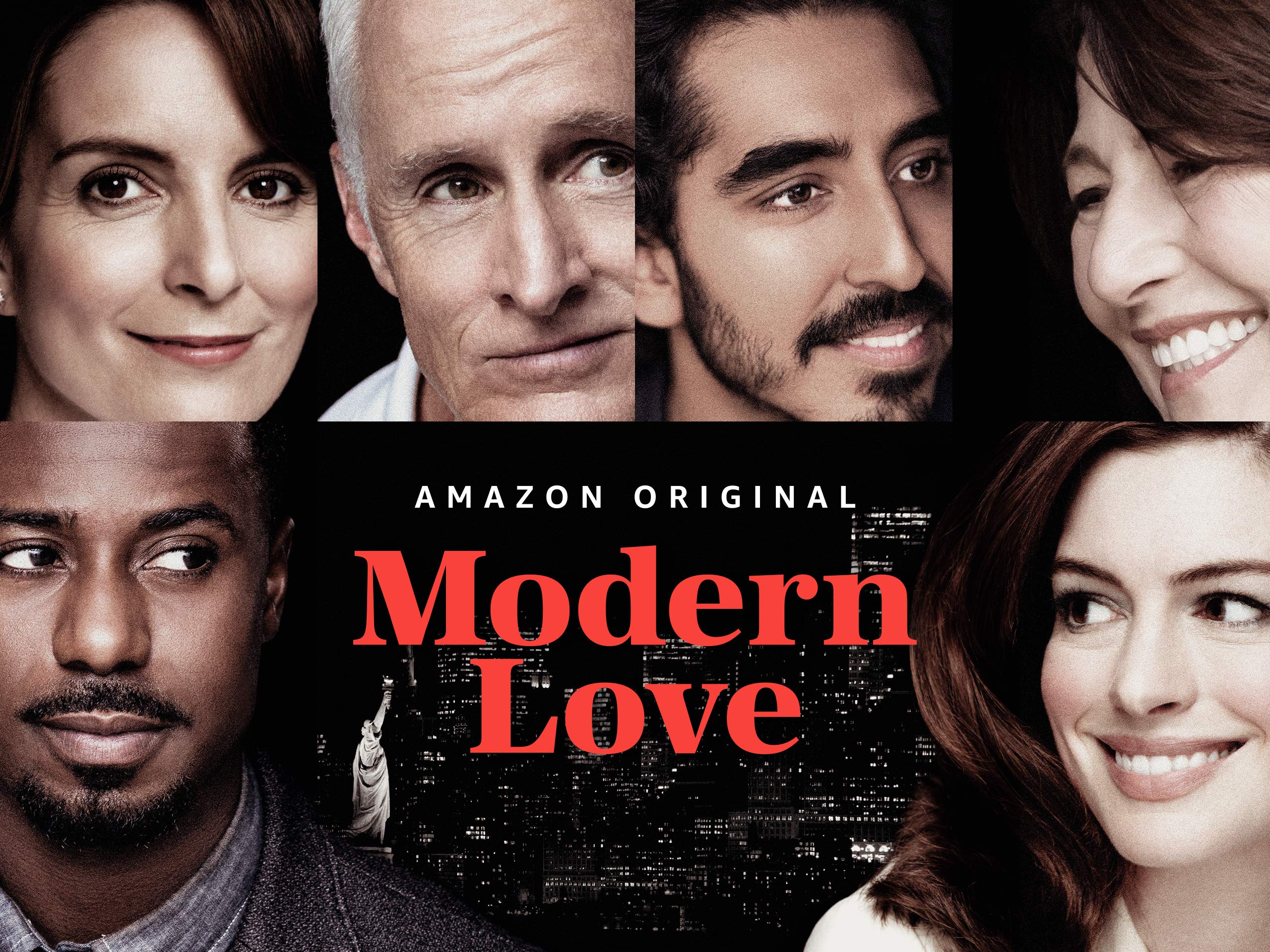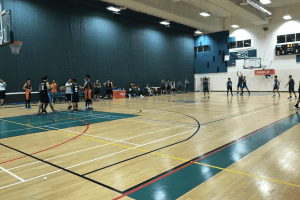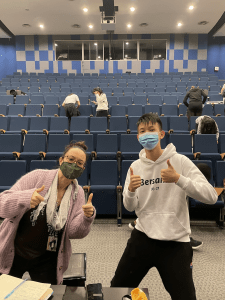“He posed as a heroic war photographer – and the news industry believed him”
This news article is about a war photographer – “Eduardo Martins” – and how he “faked” his war photos by taking them from other photographers without permission. His publishing name is not even real, and he used other people’s photos to show his personal life. This text’s purpose is to expose and criticize the news industry. The intended audience of this article is the journalists, especially other war journalists who might relate to this situation.
The author’s subtle word choices can be seen throughout this article. In the title, it says “The News Industry Believed Him” – the irony between the news industry, an industry of supposed real events broadcasted, and “believed him” – the sentence almost seems like the news industry is a young child who believes what it wants to believe.
This article creates a contrast between “Eduardo Martins” and his scandal as the first few paragraphs introduced this person as if he is a real war photographer. Until it states: “All of this, it turns out, was false”. In which afterwards are the stories of the people he used images from. By creating the contrast, the article can connect to the audience and hook the audience into the desire of wanting to know why this scandal was caused.
This article itself is an irony to the message it is trying to convey. As The Washington Post is a news website, it is posting an article describing how the news industry believed fake news. This article was posted in 2017, the same period when the idea of “fake news” was popular. The Washington Post used the popularity of the idea “fake news”, and connected it to the criticism of war photography, it efficiently conveys the message across, as well as attracting the audience to read this article.







